Procedure for Writing Words, Music, and Plainsong in Dots
Perkins is fortunate to have only one of only a few known copies of the tactile book where Louis Braille proposes his system of dots. It was published in the french embossed style of the time and includes examples of Braille’s system. The Perkins Archives also holds a rare copy of A History of France, the first book printed entirely in braille in 1837 and a copy of Essai Sur L'Education des Aveugles, by Valentin Haüy, the first embossed book printed for use by the blind printed in 1786.
